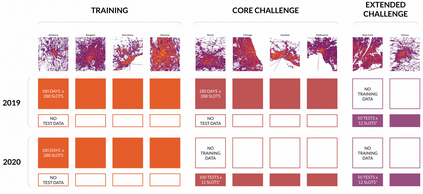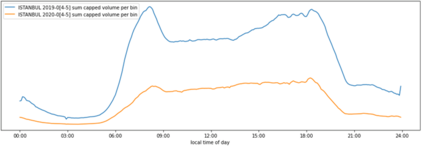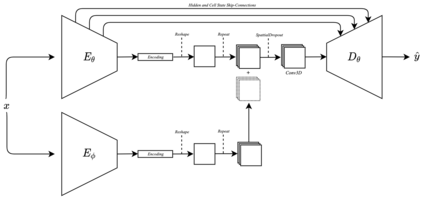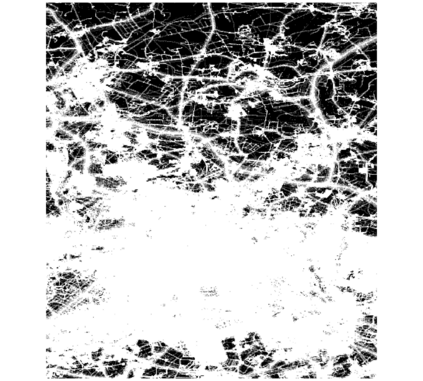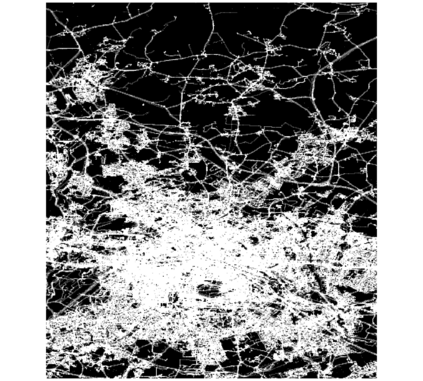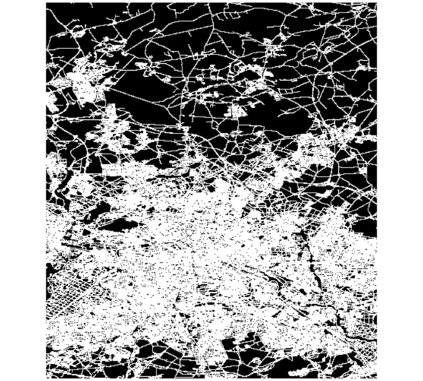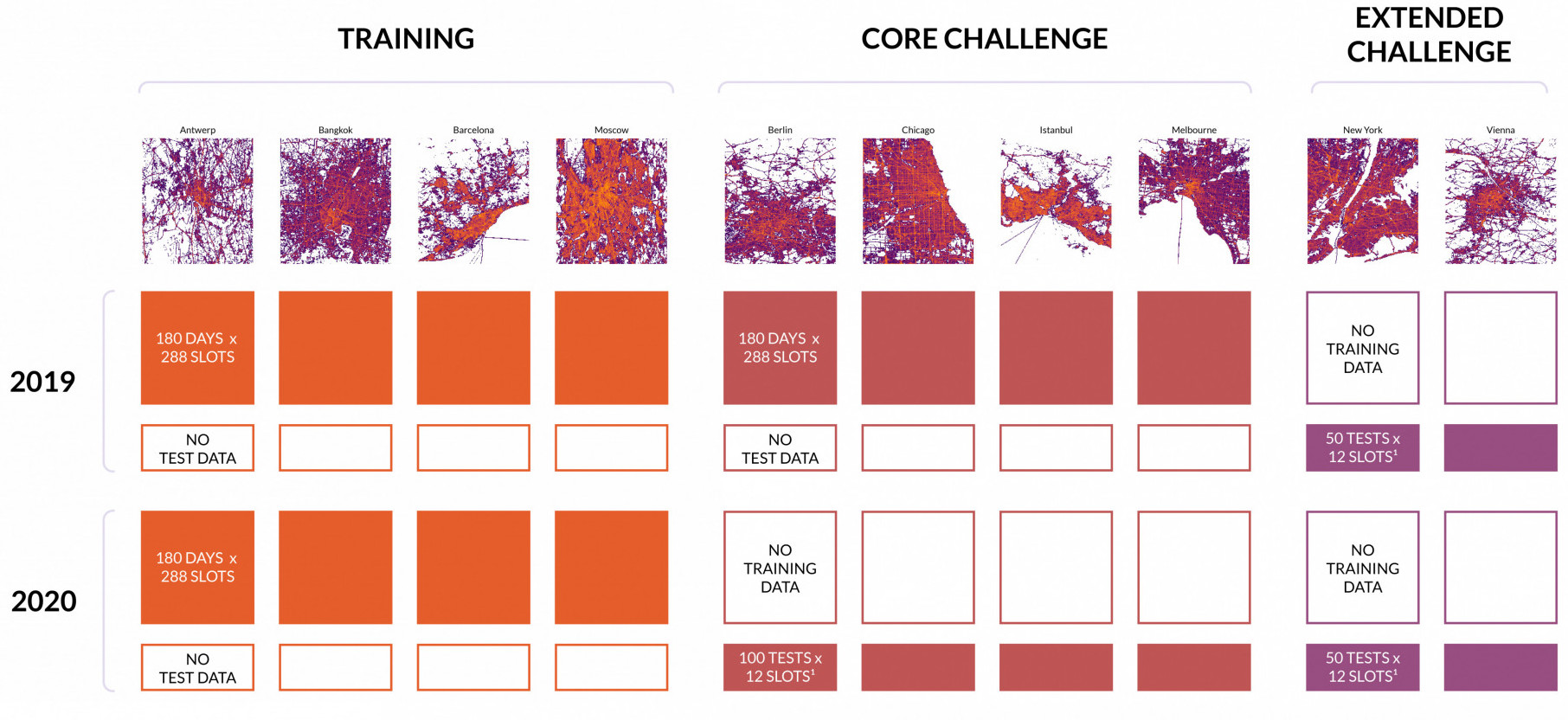The landscape of city-wide mobility behaviour has altered significantly over the past 18 months. The ability to make accurate and reliable predictions on such behaviour has likewise changed drastically with COVID-19 measures impacting how populations across the world interact with the different facets of mobility. This raises the question: "How does one use an abundance of pre-covid mobility data to make predictions on future behaviour in a present/post-covid environment?" This paper seeks to address this question by introducing an approach for traffic frame prediction using a lightweight Dual-Encoding U-Net built using only 12 Convolutional layers that incorporates a novel approach to skip-connections between Convolutional LSTM layers. This approach combined with an intuitive handling of training data can model both a temporal and spatio-temporal domain shift (gitlab.com/alchera/alchera-traffic4cast-2021).
翻译:在过去18个月中,全城市流动性行为的格局发生了显著变化,对这种行为作出准确和可靠预测的能力也发生了巨大变化,COVID-19措施对全世界人口与流动性不同方面相互作用产生了影响,这提出了这样一个问题:“人们如何使用大量预先流动数据对当前/后变化环境中的未来行为作出预测?”本文试图解决这一问题,办法是采用一种交通框架预测方法,使用一种轻量的双编码U-Net,仅使用12个革命层建立,采用新颖的方法来跳过革命LSTM层之间的联系,这种方法与直观处理培训数据相结合,可以模拟时空和时空领域转移(Gitlab.com/alchera/alchera-traffic4cast-2021)。

